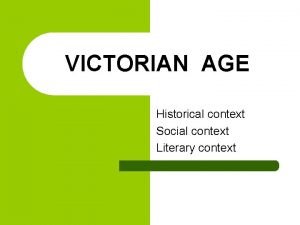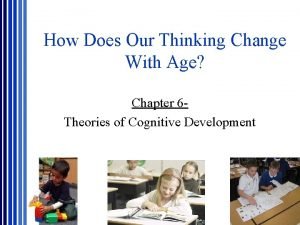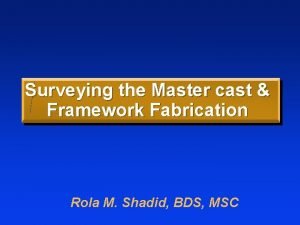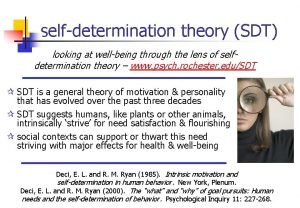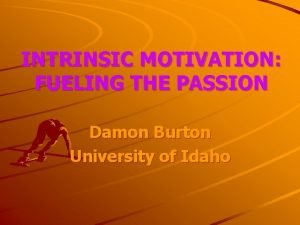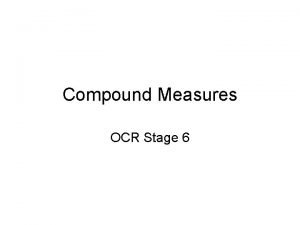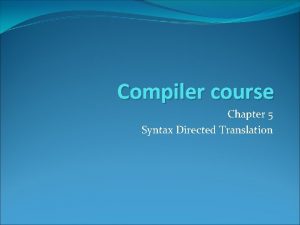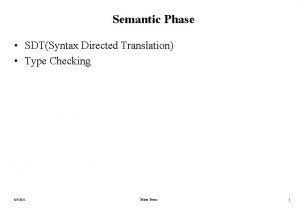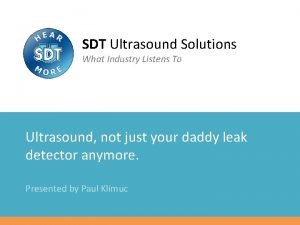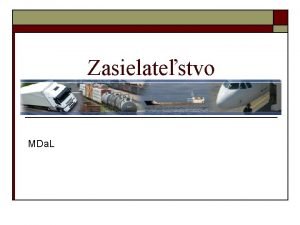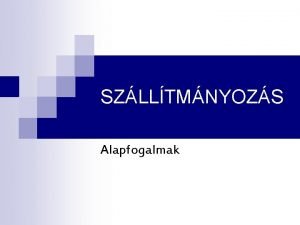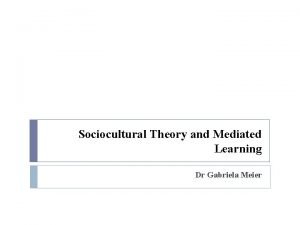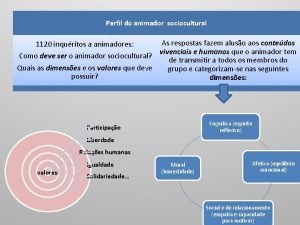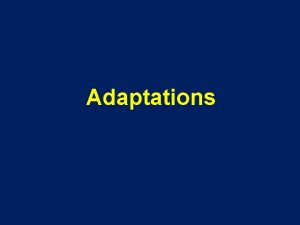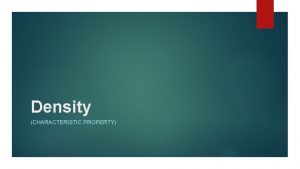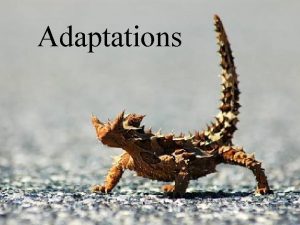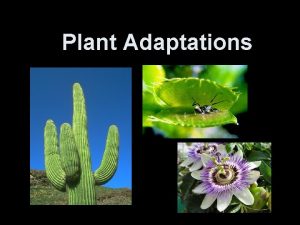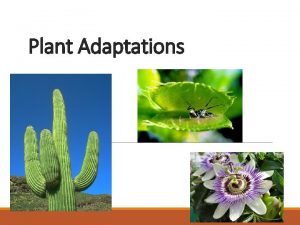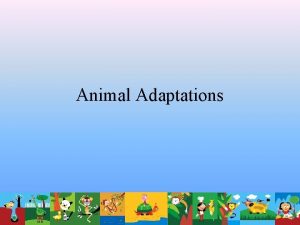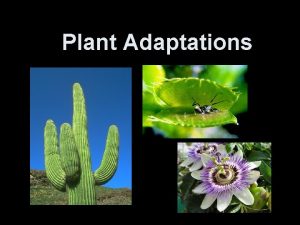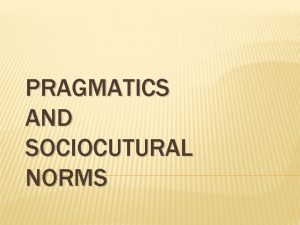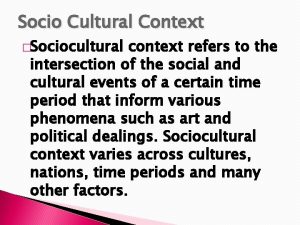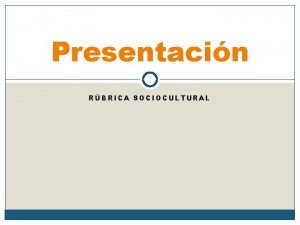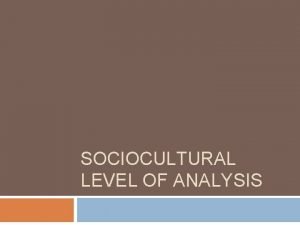Characteristic Adaptations CAST and SDT The Sociocultural Context
























- Slides: 24

Characteristic Adaptations: CAST and SDT The Sociocultural Context The Developmental Context Identity Char. Adapt SDT Traits The Evolutionary/Genetic Context

The CAST Paper: • Modern Perspectives in Integrative Personality Theory – Blending Traits with Character • Bridging Personality and Psychotherapy via the Unified Approach • The Levels of Neuro-Information Processing in the Human Mindbrain System

The CAST Paper • The Five Systems of Character Adaptation • CAST and an Integrative View of Psychotherapy • CAST and Key Domains of Human Psychology – CAST and Personality Trait Theory – CAST and the Three Systems of Memory – CAST, Dual Processing, and Identity

P & P Chpt 3 • Character Adaptations as Strivings (Goals, Motives, Needs) Defenses (Reactions to goals/motives/needs not being met)

Emmons Personal Strivings • Complete five statements that start with… I typically try to… • Goal Dimensions – Commitment/Investment – Stressful/Challenging – Reward/Valued Outcome • Types of goals (avoidance, achievement, intimacy, affiliation, power, health, independence, self-presentation, generativity, p. 55)

Defenses • Restraint • Impulse control, Interpersonal control (sup of aggression, consideration of others), social restraint/responsibility • Distress – Anxiety, Depression, Low Well-being, Low Self-esteem https: //www. psychologytoday. com/blog/theoryknowledge/201509/understanding-the-defensive-system

Deci and Ryan’s Self-Determination Theory https: //www. youtube. com/watch? v=C 4 E 10 e 8 z. Ikw https: //www. youtube. com/watch? v=VGrcets 0 E 6 I


• Needs were replaced by goals as the dominant motive concept with the shift toward cognitive perspective and there was a focus on process rather than content. • SDT argues that innate psychological needs are crucial to give goals their potence and relate appropriately to psych well-being

Needs versus Goals versus Motives Growth Oriented, Active

• Needs and research on intrinsic motivation – Autonomy – Competence – Relatedness

• Not all behavior is oriented to satisfying needs…Example of a man playing music • Unmet needs result in less than optimal functioning • White’s theory of the effectance (competence) motive (= Geary Mt. C) • Many posit the relatedness need (Maslow; Baumeister & Leary)

• Limited focus on individual differences of core, innate psychological needs

As name implies, SDT focuses on autonomy and intrinsic versus extrinsic motivation

Internalization of Extrinsic Motivation • • External Regulation Introjection Identification Integration

Paper proceeds to review much research on the ‘why’ of goal pursuit…e. g. ,

Causality Orientations • Autonomy • Control • Impersonality (intrinsic) (extrinsic) (amotivation)

• Competence and relatedness behaviors might be autonomous or controlled • Autonomy is unique in that being able to satisfy the need for autonomy it is essential that the behavior is selfdetermined • Basic Psychological Need Satisfaction and Well-being

Natural Goals/Needs • SDT claims that there is an evolutionary or human nature basis for these goals

STD and the Unified Approach • Lots of overlap and general compatibility • Although more detailed than many psychological theories, it is still underdeveloped and relatively isolated and defined against other perspectives • The mechanisms for motivation are unclear. • Fails to effectively distinguish process from content.

First, the Relatedness Motive Overlaps most Directly High Relational Value hostility Low Relational Value affiliation

Competence is a mixture of the general motive to control (see Geary) and achievement dominance High Relational Value autonomy hostility Low Relational Value affiliation dependency submission

The Autonomy Need/Motive is a bit different, but overlaps in a couple of ways… autonomy Low Relational Value High Relational Value dependency

SDT does not really differentiate between experiential/primary and justificatory/secondary levels of process
 Sociocultural context
Sociocultural context What is literary context
What is literary context Little emphasis on sociocultural context
Little emphasis on sociocultural context Outlining of master cast
Outlining of master cast Sdt theorie
Sdt theorie Identified motivation
Identified motivation Dmv triangle science
Dmv triangle science Applications of syntax directed translation
Applications of syntax directed translation Sdt for type checking
Sdt for type checking Sdt 270
Sdt 270 Fiata fwr
Fiata fwr Fiata sdt
Fiata sdt Co text
Co text High context vs low context culture ppt
High context vs low context culture ppt High context vs low context culture ppt
High context vs low context culture ppt Contoh komunikasi high context dan low context
Contoh komunikasi high context dan low context Dr gabriela meier
Dr gabriela meier Segmentacion vals
Segmentacion vals Comprensión del entorno sociocultural
Comprensión del entorno sociocultural Pestel sociocultural
Pestel sociocultural Perfil do animador sociocultural
Perfil do animador sociocultural Cultural materialism anthropology
Cultural materialism anthropology Contexto sociocultural del romanticismo
Contexto sociocultural del romanticismo El romanticismo
El romanticismo Contexto historico del realismo literario
Contexto historico del realismo literario

